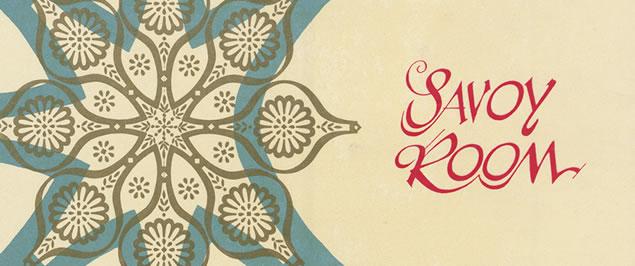The History of the Restaurant
It has long been accepted that the first establishments that we would consider “restaurants” originated in Paris in the mid-eighteenth century. The word “restaurant” is a French word that originally referred to a type of restorative meat broth or bouillon created by steaming various types of meat. Such a broth was offered to those who might be too weak to eat a full meal. The institutions in which these “restaurants” were served had costly and luxurious interiors and appealed to a wealthy clientele. They were a far cry from the unsavory taverns and inns that typically provided food to travelers. Concepts such as seating patrons at their own tables, providing dining at unspecified hours, and a menu from which diners could choose their own dishes came out of these institutions and became an established part of “restaurant” service.
The history of the restaurant’s development in the eighteenth century and into the nineteenth century, when it became the institution that we would recognize today, is a complex one. An oft-repeated historical anecdote crediting the first “restaurant” in Paris to a man named Boulanger who in 1765 went up against the powerful medieval catering guilds (which had a monopoly on the sale of certain food dishes) when he served a dish of sheep’s feet in white sauce in his establishment, has been debunked by modern scholarship, most notably by historian Rebecca Spang in her rich and detailed The Invention of the Restaurant: Paris and Modern Gastronomic Culture (2000).

